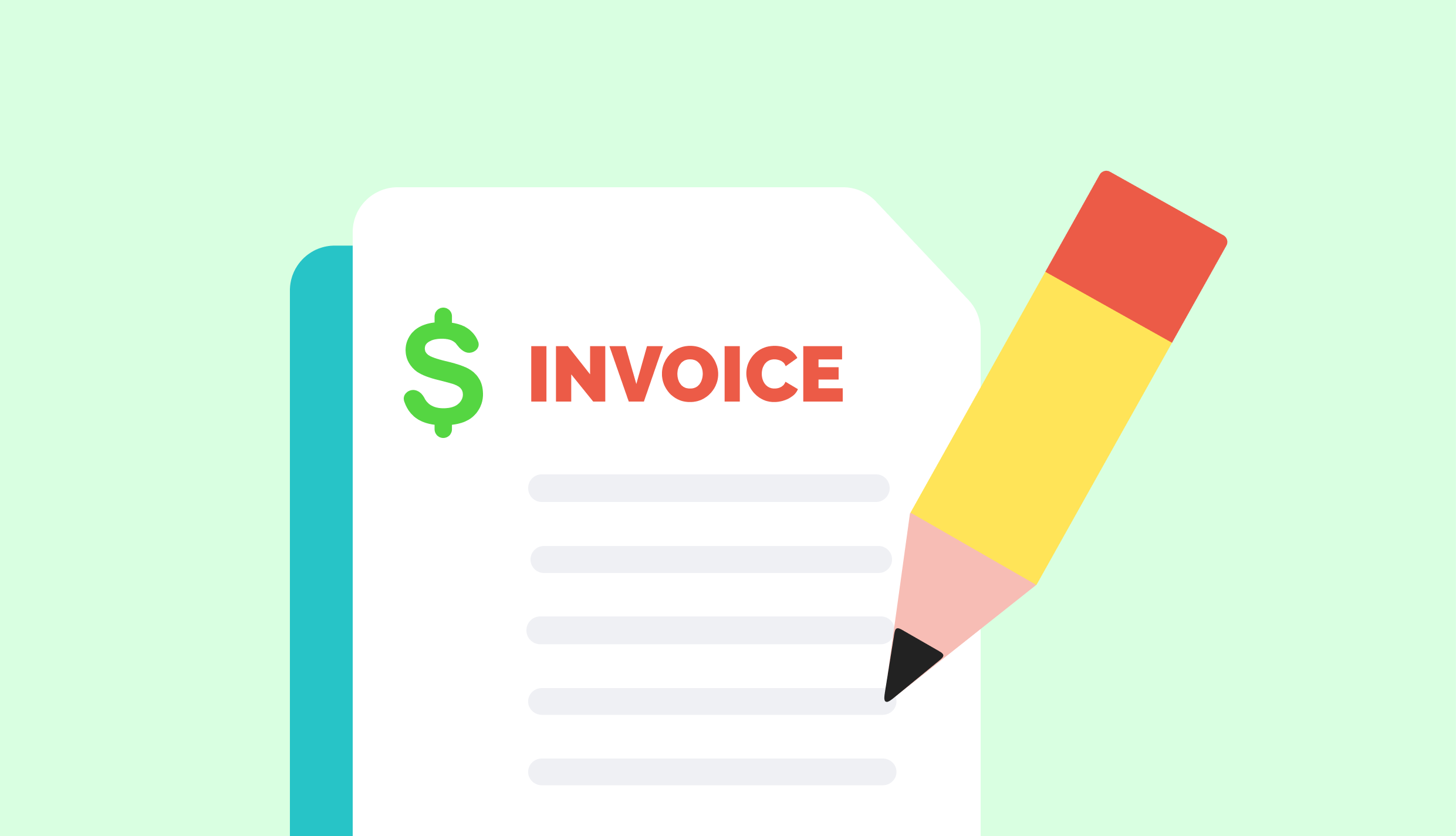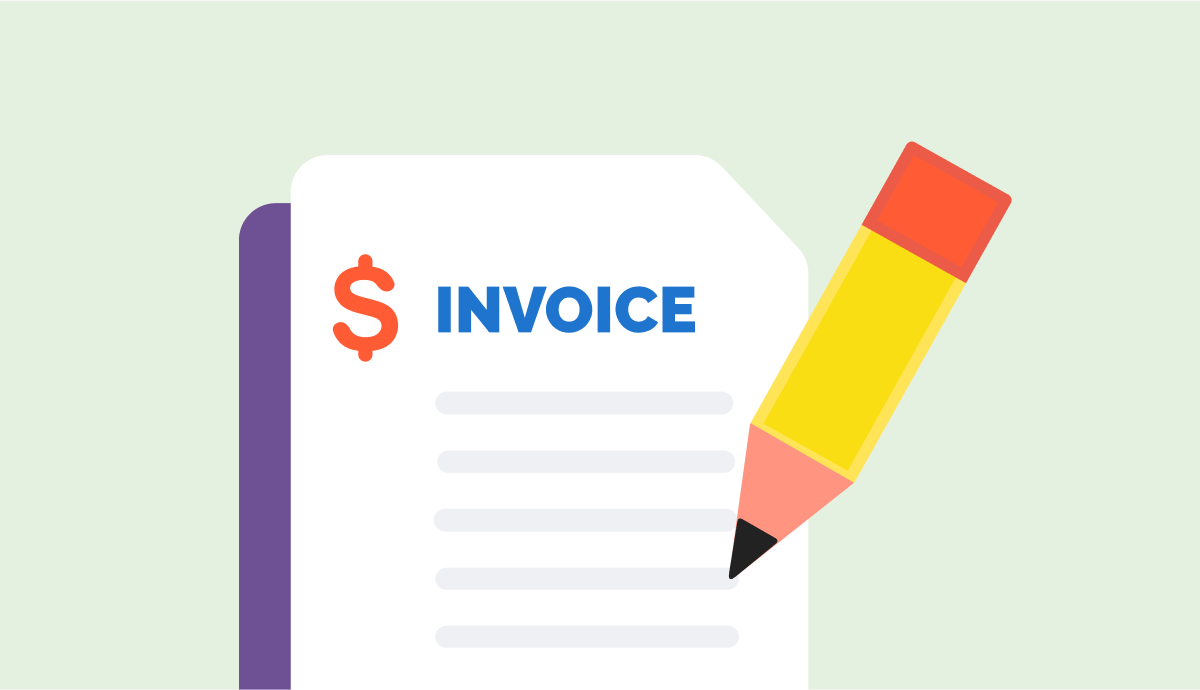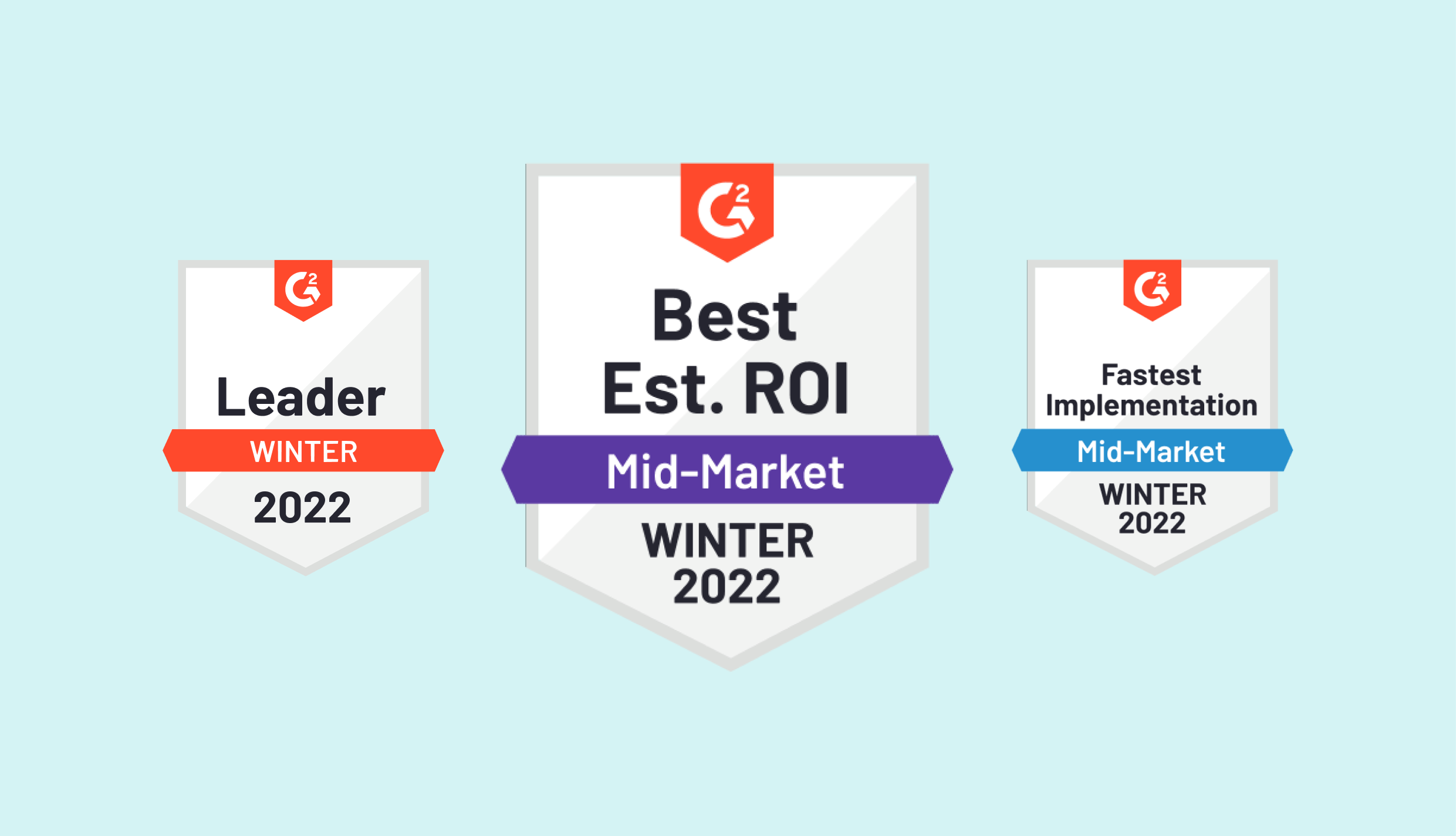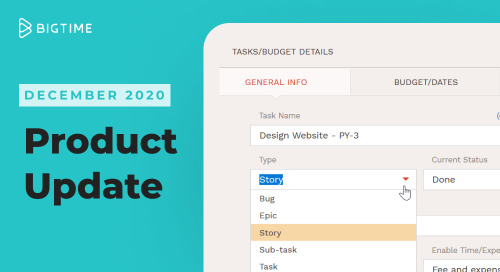
Professional Services Invoicing: Tips From the Trenches
A process to invoice for professional services might seem simple on the surface. Download an Excel invoice template for consultants, punch in your hours and rate, generate an invoice for professional services rendered, and send it to the client. For professional services organizations with just a few consultants, this is often the approach. Of course, as professional service teams grow past 25 consultants, firms begin to focus on streamlining this process.
The first step is consultant billing software. But quite often, even the professional service organizations (PSOs) with thousands of team members still approach this vital task incorrectly. Invoicing is one of the few actions in a consulting firm that has the most impact on keeping the lights on (i.e., cash flow). So why don’t firms dedicate the time to getting the process right when it comes to generating an invoice for professional services?
Processes to Invoice for Professional Services Should Be Simple and Transparent
One of my first professional jobs was in an operational role at a professional services firm. After working with the group for a while, I gained responsibility for overseeing the processes to invoice for professional services. This was exciting. I knew how crucial it was to the group’s success. Even one small mistake could cost the firm tens of thousands of dollars, often without anyone even knowing.
It didn’t take long, however, for me to find that this job consumed nearly 80% of my time. Every step of the process—creating, proofing, approving, adjusting, and sending invoices for professional services—introduced inefficiency. More importantly, the manual processes reduced the visibility senior management had into the performance of the firm.
Fast forward a few years to my work at BigTime, and I realized how common my story actually was. One particularly notable example exposed itself during the implementation process of our consultant billing software at a prominent technology company. We found more than $400K in client-reimbursable expenses that were never billed due to a lack of structure and control in their professional services invoice process. Unfortunately for that client, those expenses had to be written off.
While these experiences took place some time ago, I still hear stories from professional services firms every day struggling with the same problems. Bottom line: processes to invoice for professional services should be simple and transparent. The first step in improving the professional services billing process—fire Excel.
Stop Using Excel Templates for Professional Services Invoices
A key trait of any growing services business is the ability for top management to solve problems quickly and efficiently. Talk to anyone who has spent time managing a consulting firm and they will tell you that they spend most of their time “putting out fires.” As a result, Excel becomes a manager’s go-to fire extinguisher–it’s easy to understand, it can get the job done quickly, and its flexibility allows you to make things look the way you want. When it comes to professional services billing and consultant invoicing, however, that is where the benefits of using Excel end.
Using Excel for invoicing is labor intensive and error prone. When I would prepare invoices for professional services on about 10 projects on a monthly basis, I would have to download time and expenses from one system, key them into Excel invoice templates manually, and then send each invoice to the group’s VP for approval. This took hours and it was very easy to make mistakes due to copy and paste errors. A simple mistake could cost thousands of dollars in revenue! Is that any way to run a services business?
If Not Excel, Then What?
The simple answer to what to use in place of Excel is professional services consultant billing software. Of course, the answer isn’t really that simple. For professional services firms, consultant billing software isn’t usually offered as a standalone solution. It is part of a financial management solution, time and expense tracking tool, or services automation suite.
The biggest mistake a firm can make when deciding which type of solution to use when it comes to professional services invoicing is to pick one that is unable to accurately model their business.
Financial Accounting Software
Financial accounting solutions are a natural place to start when thinking about generating invoices for professional services. Invoices are, after all, how you get paid, and financial management software is where you track who has (and who has not) paid. That said, in a consulting firm, an invoice for professional services is more about people and projects than it is about debits and credits. If you plan to grow your professional services firm past just a few consultants, or if you’re already well past that size, you’ll feel like you have outgrown your project management accounting system quickly if you rely on it for generating invoices or tracking project progress.
Don’t get me wrong. A process to invoice for professional services work needs to find its way into your accounting process to track receivables, cash flow, and outstanding balances. Leveraging a solution outside of your accounting package to generate invoices does not mean someone will have to re-key all of that information in later on. Nearly any cloud-based project accounting software will have the necessary frameworks to connect the two tools. Robust solutions will even have PSA integrations (professional services automation integrations) to some of the most popular accounting packages, allowing the most important details to flow seamlessly from one step of the process to the next.
Time and Expense Software
As a growing professional services firm, hopefully you track time and expenses against all of your projects. If not, there is a good chance you’re making a few mistakes when it comes to making a project profitability analysis. Time and expense tracking or project accounting software has a much more natural fit with the consultant invoicing process for service firms. These project accounting tools have an in-depth understanding of both your people and your projects. This makes it easier to translate every day operational activities into the financial components of an invoice for professional services.
Reducing Revenue Leakage
Generating an invoice for professional services from the same system that collects your time and expenses eliminates errors that arise from transferring data between tools. Revenue leakage occurs when work never finds its way onto a professional services invoice due to a process failure and is one of the most expensive side effects of a bad process. Based on information collected in the latest Professional Services Benchmark Survey by SPI Research, firms that don’t use a solution designed specifically for service delivery can have revenue leakage numbers from 10% to 30% higher than their peers. For a PSO generating $10MM a year in revenue, this equates to $100,000 of revenue earned but not billed.
Revenue leakage occurs in two primary forms—lost in transit and missed or forgotten. Professional services invoice details get lost in transit when they are re-keyed into a different system manually or extracted and then reloaded improperly. This is a simple issue to solve by using a single tool for time collection and invoicing.
Missed or forgotten transactions are an even harder problem to solve. While this form of revenue leakage can happen due to human error, system design is also a contributing factor. As an example, if the tool you use to track time and expenses doesn’t know when a professional services billing milestone has been achieved, it can go un-invoiced for quite some time, perhaps forever.
Shortening Days Sales Outstanding (DSO)
In addition to revenue leakage, these same processes can also extend a firm’s Days Sales Outstanding, or the time between when work is done and cash is collected. This results in having capital tied up unnecessarily. For fast-growing professional services firms, it adds undue stress by restricting cash flow and diverting the attention of senior managers. A missed project billing milestone will require careful attention when resolving the error with the client.
This exact scenario happened to me while I oversaw consultant invoicing for a professional services team. Project managers would update an Excel spreadsheet to trigger billing events. A few of the PMs were notoriously bad at this, and some projects would go un-invoiced for months at a time. Our cash flow suffered as a result. Some clients made the process more painful by requiring new purchase orders for the late invoices. Needless to say, that group would have benefited from having a single tool manage the entire delivery process for their projects
Professional Services Automation
For any professional services firm truly focused on growth, the only real answer to the right process and tools to invoice for consulting services is professional services automation software. I won’t get into the details around what is PSA software or why PSA software is so critical for growth in this post since we cover it extensively elsewhere on this blog. But I will focus on how crucial it is to the process of invoicing for consulting services.
The value that a PSA system brings to the professional services invoicing process can be broken down into three core categories—reducing revenue leakage, driving efficiency, and improving visibility.
Consolidating invoicing and time tracking into the same system helps to eliminate revenue leakage. PSA software takes the process a step further by focusing on collecting all of the time that can be billed, and ensuring it reaches the invoicing process. Good PSA solutions will have a detailed understanding of exactly how much time is anticipated in a given period.
Based on the project schedules each PM builds, the PSA solution will alert you when things aren’t going according to plan. More importantly, it understands the difference between earning revenue and sending an invoice for professional services. This is an important distinction for any growing organization. This helps to recognize revenue properly on fixed price work, keeping the CFO out of jail (al la Enron). It also prevents project managers from being penalized because one client always pays late.
Driving Efficiency
This is where PSA software really starts to shine with respect to invoicing. Robust PSA solutions will allow project managers or finance teams to model exactly how they would like to bill their clients up front. This ranges from the different professional services agreements and contract terms a firm can use to the project billing frequency or specific consulting invoice template. Because all of the information resides in the same system, the invoicing workflow is seamless.
Finance teams can complete their invoicing process in just a few hours, instead of the days that manual processes take. More importantly, this structure drives accountability in the whole invoicing process. Finance managers and CFOs are provided a detailed view of exactly what has been billed, how it has been adjusted, and what is still sitting in WIP. This helps shrink the firm’s month end process and frees up time to pursue other high-value projects.
Improving Visibility
Among the benefits PSA software provides within the invoicing workflow, visibility is the most important. A core goal for any PSA solution is to deliver a single version of the truth to the entire organization. Well-designed PSA software will accomplish this by translating the same core data (time and expense submissions) into multiple different uses—project budgets, forecast accuracy indicators, invoicing data, and profitability measures.
Injecting visibility into the invoicing process knocks down information silos and allows the firm to work more collaboratively. It’s easy to imagine a project manager approaching a client differently if she knows they have overdue invoices from work done in the past. Similarly, a team member may have a great relationship with that very client and knows just the people to contact to get an outstanding professional services invoice paid. The more visibility a firm has the easier it will be for them to navigate difficult situations.
Fix, Then Automate
Consultant invoicing software isn’t the be-all end-all for consulting services firms. As my colleague Steve Chong puts it, “automating a bad process just makes it more efficiently bad.” This is certainly true when it comes to invoicing software for professional services work. When switching from Excel-based invoice templates for consultants to a more robust invoicing tool, or replacing the tool you have, it’s important to review the invoicing process as a whole. Many firms will simply try to replicate the process they have today in a more sophisticated tool, and it leads to friction and headaches.
An Example: Lack of Trust
A common example of this is when firms rely on a single individual to review invoices before they go out the door to the client. This task may seem trivial with a handful of invoices generated in Excel, but as volume grows it becomes a serious bottleneck. In the group I worked for, the VP scoured every invoice for professional services for accuracy and progress before we mailed them (yes, with a stamp and everything) to the client. This added an entire week to the workflow and I’m sure it wasn’t his favorite task.
The Solution: Threshold-Based Approvals
Invoicing solutions for consultants allow this step to be decentralized. It would have been much more efficient for each project manager in our group to review the invoices for their respective projects. They would then simply approve or make adjustments to invoices as needed. But without a centralized system to drive accountability, the fear that one PM might write down a bucket of hours to keep a project under budget was too great for the VP to delegate control.
Robust PSA applications will support a more nuanced approach to this process. They will allow for the decentralization of approvals with a threshold set for secondary review. If, for example, a project manager writes off more than $1,000 worth of labor, that specific professional services invoice would be flagged. A senior manager would then review the adjustments. This delivers the best of both worlds to a consulting services firm. It provides an efficient invoice review and approval process, and also delivers enough control to drive accountability and accuracy.
The Bottom-Line for Your Professional Services Invoice Process
In summary, professional services billing is defined as the process of generating invoices for knowledge-based, revenue-generating services performed by professional services teams.
Growing firms will focus less on process and discipline when it comes to professional services billing, and more on putting out fires or getting the job done. Through my experience, the professional services invoice workflow is often a victim of this paradox—inefficient, error-prone, and non-scalable. Excel-based invoice templates just exacerbate the problem.
When it comes to how to invoice for professional services, adding discipline and structure to the consultant invoicing process early on can pay significant dividends in the future. Through leveraging modern professional services software, firms can not only reduce errors and increase efficiency, but also ensure the cash flow follows closely behind the work being performed. Moreover, as firms grow, a scalable invoicing process means fewer fires to put out. Thinking back to my time running invoices for a professional services group, I would have given anything for some of the tools available today.
Frequently Asked Questions About How to Invoice for Professional Services
What is professional services billing?
Professional services billing, or professional services invoicing, is defined as the process of generating invoices for knowledge-based, revenue-generating services performed by professional services teams.
What’s the process to invoice for a professional service?
Processes to invoice for professional services should be simple and transparent. The first step in improving the professional services billing process—getting rid of Excel.
What is PSA in billing?
For any professional services firm truly focused on growth, the only real answer to the right process and tools to invoice for professional services is professional services automation (PSA) software. A PSA solution in professional services billing has three core benefits—reducing revenue leakage, driving efficiency, and improving visibility.


.png)


